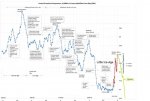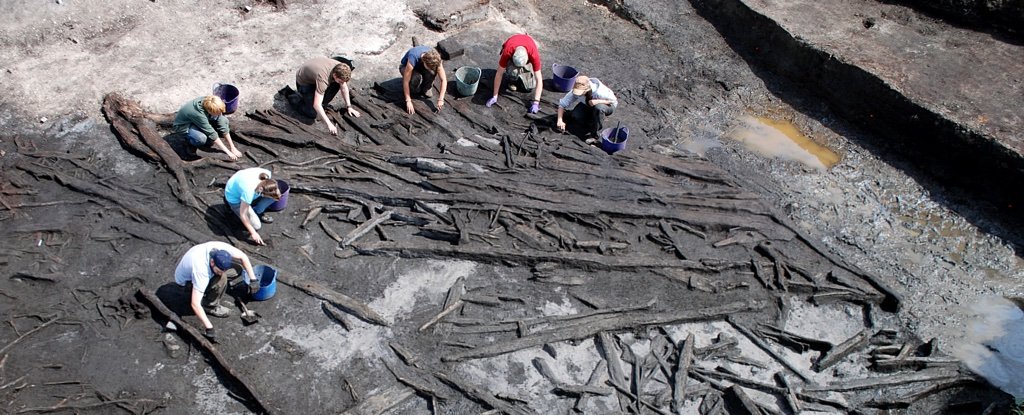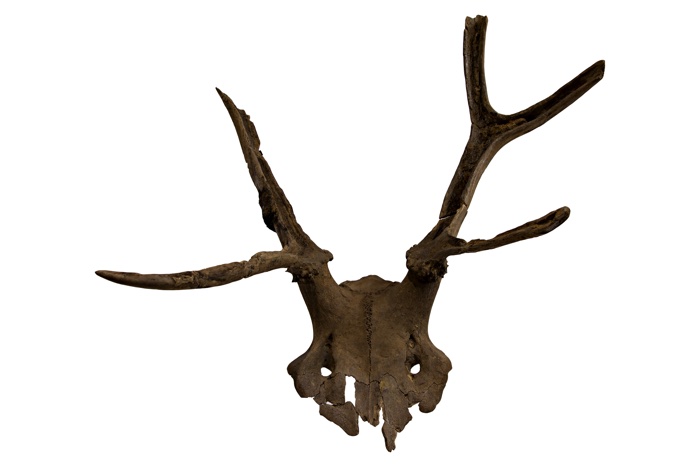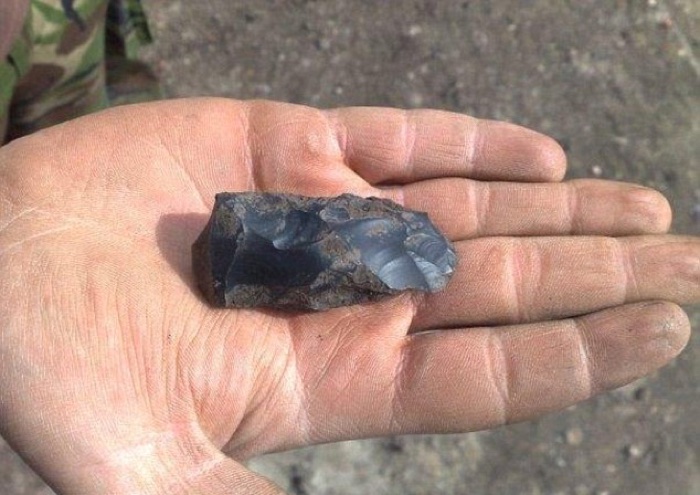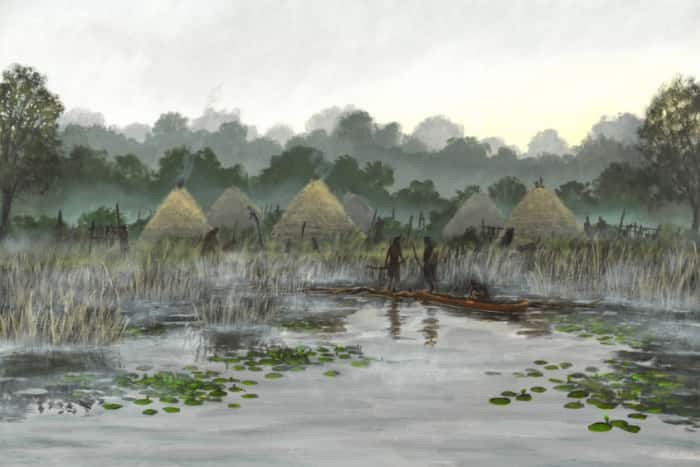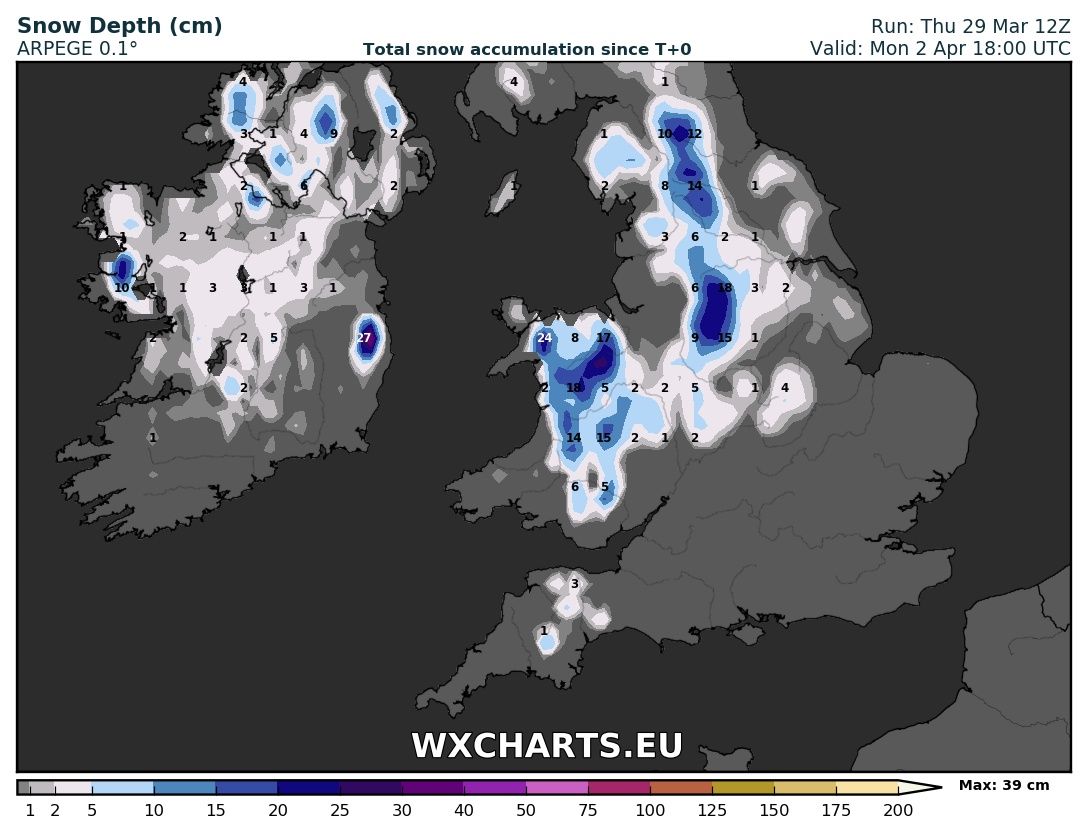Melodi
Disaster Cat
I am posting this because even with the headline, the story is a great example of REAL weather research, Ireland and the UK do have some of the longest running official weather records (not even counting the farming annals from the 5th through around the 12th century) and this suggests that Ireland is in a very wet period, but there was a previous one in the 1700's.
Also note that the eruption of Mt. Latki in Iceland resulted in near-famine conditions with the Liffy (main river in Dublin) freezing over, also the effects of the East moving winds (what we got this Winter bringing all that snow) causing exceptionally warm Summers for a period in the 1700's!
Interesting and I like seeing good science on this topic, despite a few sentences obviously thrown in because they are pretty much required to say certain things and still get carried in the MSM; I love the comment about how this all fits with "projected" furture rainfall/weather in Ireland but doesn't say a word about what those projections are (talk about saying nothing while looking PC enough to publish lol).
I should point out that it was the job of pastors who lived in houses like ours (Church of Ireland/England) to take rain measurements and some doctors and other "gentlemen scientists" in both the UK and Ireland did as well - giving us a lot of very useful information if it is collected and used correctly (not for someone's agenda trying to prove a point). Melodi
Wet, wet, wet: last decade saw most rainfall in 300 years
Updated / Monday, 26 Mar 2018 09:19
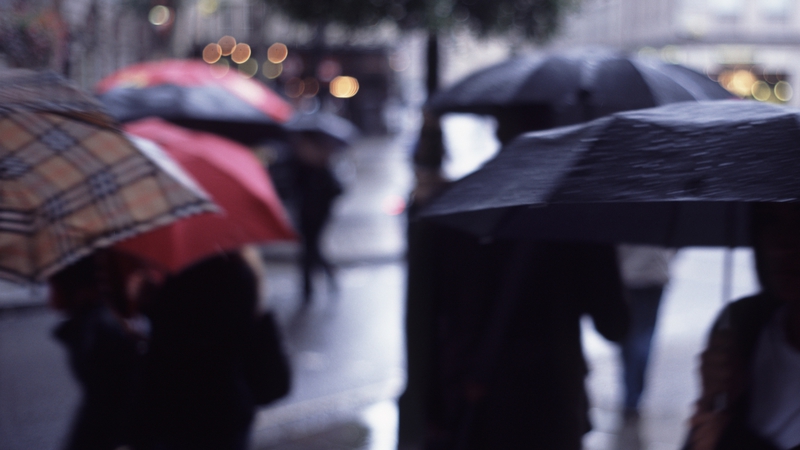
Going up: the winters of 2013/14 and 2015/16 were the two wettest winters in the 305 year series
By Conor Murphy
Department of Geography
More from
Maynooth University
Report: a 300 year history of Irish rainfall shows that recent winters were the wettest on record
The Irish have long been fascinated by the weather – hardly surprising given the variability that we experience on a day to day, year to year basis. That captivation has left us with a rich legacy of weather observing on the island. We have recently stitched together that history to produce one of the longest continuous rainfall series anywhere in the world. The record extends from 1711 to 2016, capturing 305 years of ups and downs. The new dataset yields some interesting insights; not least that the most recent decade was the wettest of them all.
The fact that we have such a long rainfall record for Ireland is thanks to the work of meteorologists at the UK Met Office in the 1970s. They created an inventory of early observations and weather diaries and then constructed an average rainfall series representing Ireland. Their study was never published, so it was a stroke of good fortune that the work was discovered during renovations at Met Éireann. We were able to merge the Met Office record with another, quality assured dataset which we recently compiled for Ireland for the period 1850 to present. When combined, these two series give us an unprecedented picture of rainfall variations for every month since 1711 to 2016.
The record draws on very early rainfall observations made by Thomas Neve from Derry in 1711 using a rainfall gauge that would hardly be recognised by today’s standards. The gauge was set up on the roof of his house and drained rainfall into the attic, where the water was collected in a beaker. Although such rudimentary observations would have been prone to significant wind loss and other errors, they still give us an insight to the number of wet days.
"When we step back to look at the entire record, there is a distinct shift towards wetter winters and drier summers over time"
The record is also complemented by the weather diary of Dr John Rutty, a physician who compiled monthly and seasonal weather summaries for Dublin from 1716 to 1765. Rather than having a direct interest in weather, Rutty was interested in how morbidity and mortality in Dublin varied with weather conditions. From the late 1700s and early 1800s, other sites began routine recording of rainfall, some of which are still in use today, including Phoenix Park, Armagh, Cork, Galway, and Sligo.
The reliability of early data can be affected by variations in the design and height of rain gauges, repositioning of equipment and changing observer practices. As a result, we devoted considerable effort to checking the quality of each record by comparing with other long rainfall records (where possible), as well as with independent long-term observations and reconstructions of rainfall, temperature and catalogues of weather patterns from across the British-Irish Isles. We found remarkable agreement amongst these different sources with our long rainfall record. This is testament to the quality of record-keeping by the early observers.
As mentioned before, the most recent decade is the wettest in our record. Moreover, the winter of 2015/16 saw extensive flooding across Ireland and the winter of 2013/14 was the stormiest winter on record in the region. These seasons were also the first and second wettest winters in the 305 year series, respectively. However, the wettest winter decade occurred in the 1730s, a period of remarkably persistent westerly winds that carried moisture from the Atlantic.
The 305-year series also places the recent run of wet summers into context, highlighting that they were not that unusual after all
There have been some very dry spells too. For example, the period 1740 to 1790 was exceptionally dry (although snowfall contributions may have been underestimated for that time). Persistent easterly winds (not unlike the recent "Beast from the East") deflected the westward flow of warm, moist air masses away from Western Europe. Other research has also highlighted the exceptional cold and dryness of the early 1740s for the British-Irish Isles, with serious impacts on Irish society during the "The Forgotten Famine". Indeed, the 1740s were the driest decade in our annual series.
The 10 successive winters with the lowest rainfall total occurred between 1777 and 1786. This period also included the remarkable winter of 1783/84 which followed the eruption of the Laki volcano in Iceland. Newspaper reports at the time tell of exceptional cold, a frozen Liffey and near famine conditions amongst the population in Dublin and rural Ireland.
Soft day
The 305-year series also places the recent run of wet summers into context, highlighting that they were not that unusual after all. The latter half of the 1700s, for example, was much more of a washout and that period may have been one of wettest in the last millennium.
Beyond curiosity about extreme weather events, our new 305 year island of Ireland rainfall series has important practical uses. When we step back to look at the entire record, there is a distinct shift towards wetter winters and drier summers over time. These long-term changes are consistent with climate model projections of future changes in rainfall over Ireland.
The range of variability and the extreme events contained in our record also offer valuable information for stress testing critical infrastructure such as flood defences and water supply systems. This helps ensure that vital water services are resilient to future wet and dry periods in Ireland. We hope that our rainfall series will be as valuable to the work of future scientists as the legacy of past weather observers has been to ours.
The views expressed here are those of the author and do not represent or reflect the views of RTÉ
https://www.rte.ie/eile/brainstorm/...t-last-decade-saw-most-rainfall-in-300-years/
Also note that the eruption of Mt. Latki in Iceland resulted in near-famine conditions with the Liffy (main river in Dublin) freezing over, also the effects of the East moving winds (what we got this Winter bringing all that snow) causing exceptionally warm Summers for a period in the 1700's!
Interesting and I like seeing good science on this topic, despite a few sentences obviously thrown in because they are pretty much required to say certain things and still get carried in the MSM; I love the comment about how this all fits with "projected" furture rainfall/weather in Ireland but doesn't say a word about what those projections are (talk about saying nothing while looking PC enough to publish lol).
I should point out that it was the job of pastors who lived in houses like ours (Church of Ireland/England) to take rain measurements and some doctors and other "gentlemen scientists" in both the UK and Ireland did as well - giving us a lot of very useful information if it is collected and used correctly (not for someone's agenda trying to prove a point). Melodi
Wet, wet, wet: last decade saw most rainfall in 300 years
Updated / Monday, 26 Mar 2018 09:19

Going up: the winters of 2013/14 and 2015/16 were the two wettest winters in the 305 year series
By Conor Murphy
Department of Geography
More from
Maynooth University
Report: a 300 year history of Irish rainfall shows that recent winters were the wettest on record
The Irish have long been fascinated by the weather – hardly surprising given the variability that we experience on a day to day, year to year basis. That captivation has left us with a rich legacy of weather observing on the island. We have recently stitched together that history to produce one of the longest continuous rainfall series anywhere in the world. The record extends from 1711 to 2016, capturing 305 years of ups and downs. The new dataset yields some interesting insights; not least that the most recent decade was the wettest of them all.
The fact that we have such a long rainfall record for Ireland is thanks to the work of meteorologists at the UK Met Office in the 1970s. They created an inventory of early observations and weather diaries and then constructed an average rainfall series representing Ireland. Their study was never published, so it was a stroke of good fortune that the work was discovered during renovations at Met Éireann. We were able to merge the Met Office record with another, quality assured dataset which we recently compiled for Ireland for the period 1850 to present. When combined, these two series give us an unprecedented picture of rainfall variations for every month since 1711 to 2016.
The record draws on very early rainfall observations made by Thomas Neve from Derry in 1711 using a rainfall gauge that would hardly be recognised by today’s standards. The gauge was set up on the roof of his house and drained rainfall into the attic, where the water was collected in a beaker. Although such rudimentary observations would have been prone to significant wind loss and other errors, they still give us an insight to the number of wet days.
"When we step back to look at the entire record, there is a distinct shift towards wetter winters and drier summers over time"
The record is also complemented by the weather diary of Dr John Rutty, a physician who compiled monthly and seasonal weather summaries for Dublin from 1716 to 1765. Rather than having a direct interest in weather, Rutty was interested in how morbidity and mortality in Dublin varied with weather conditions. From the late 1700s and early 1800s, other sites began routine recording of rainfall, some of which are still in use today, including Phoenix Park, Armagh, Cork, Galway, and Sligo.
The reliability of early data can be affected by variations in the design and height of rain gauges, repositioning of equipment and changing observer practices. As a result, we devoted considerable effort to checking the quality of each record by comparing with other long rainfall records (where possible), as well as with independent long-term observations and reconstructions of rainfall, temperature and catalogues of weather patterns from across the British-Irish Isles. We found remarkable agreement amongst these different sources with our long rainfall record. This is testament to the quality of record-keeping by the early observers.
As mentioned before, the most recent decade is the wettest in our record. Moreover, the winter of 2015/16 saw extensive flooding across Ireland and the winter of 2013/14 was the stormiest winter on record in the region. These seasons were also the first and second wettest winters in the 305 year series, respectively. However, the wettest winter decade occurred in the 1730s, a period of remarkably persistent westerly winds that carried moisture from the Atlantic.
The 305-year series also places the recent run of wet summers into context, highlighting that they were not that unusual after all
There have been some very dry spells too. For example, the period 1740 to 1790 was exceptionally dry (although snowfall contributions may have been underestimated for that time). Persistent easterly winds (not unlike the recent "Beast from the East") deflected the westward flow of warm, moist air masses away from Western Europe. Other research has also highlighted the exceptional cold and dryness of the early 1740s for the British-Irish Isles, with serious impacts on Irish society during the "The Forgotten Famine". Indeed, the 1740s were the driest decade in our annual series.
The 10 successive winters with the lowest rainfall total occurred between 1777 and 1786. This period also included the remarkable winter of 1783/84 which followed the eruption of the Laki volcano in Iceland. Newspaper reports at the time tell of exceptional cold, a frozen Liffey and near famine conditions amongst the population in Dublin and rural Ireland.
Soft day
The 305-year series also places the recent run of wet summers into context, highlighting that they were not that unusual after all. The latter half of the 1700s, for example, was much more of a washout and that period may have been one of wettest in the last millennium.
Beyond curiosity about extreme weather events, our new 305 year island of Ireland rainfall series has important practical uses. When we step back to look at the entire record, there is a distinct shift towards wetter winters and drier summers over time. These long-term changes are consistent with climate model projections of future changes in rainfall over Ireland.
The range of variability and the extreme events contained in our record also offer valuable information for stress testing critical infrastructure such as flood defences and water supply systems. This helps ensure that vital water services are resilient to future wet and dry periods in Ireland. We hope that our rainfall series will be as valuable to the work of future scientists as the legacy of past weather observers has been to ours.
The views expressed here are those of the author and do not represent or reflect the views of RTÉ
https://www.rte.ie/eile/brainstorm/...t-last-decade-saw-most-rainfall-in-300-years/


